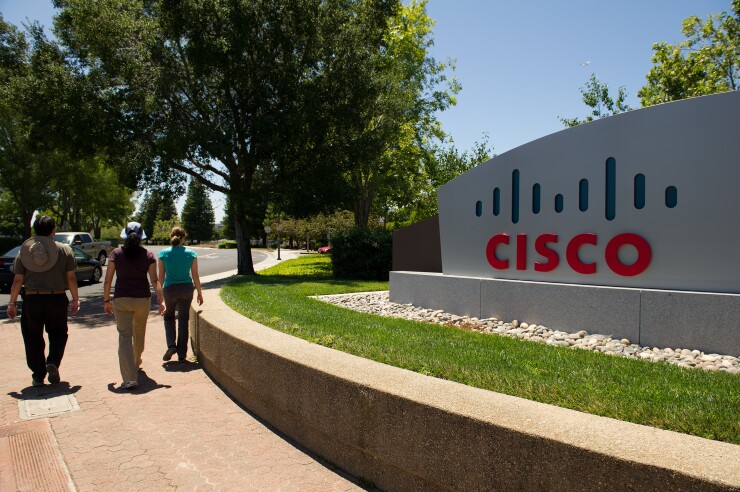As companies work to break down department silos with, say, flexible workspaces, they are beginning to invest in technology that identifies and connects teams for maximized productivity.
Organizational network analysis, or ONA, is the latest HRIS tool that more than half (56%) of companies are experimenting with, according to Deloitte’s 2017 global human capital
These systems analyze emails, instant messages, and physical proximity to determine who works with whom and can then identify teams within the company, says Burt Rea, managing director for Deloitte Consulting.

Much of the time, the system will identify teams that were previously invisible to leadership.
“This is now an urgent, critical issue,” says Josh Bersin, lead author of the Deloitte trends report. “We are not organized to succeed.”
In fact, a little more than a quarter (28%) of companies set goals by teams, rather than individuals; that becomes harder to do when leadership is unaware of the number of teams it has within the organization.
Cisco, the multinational technology company, discovered that it could only account for 75% of its 75,000 employees on teams; a quarter of Cisco’s teams were “completely invisible” before implementing ONA, says Ashley Goodall, senior vice president of leadership and team intelligence at Cisco.
See also:
“If you look at where most of the innovation is happening in HR right now, it’s pivoting to serve the needs of
Most HR information systems keep track of employees’ information, such as pay, promotions and whom they report to, but lack infrastructure to help team leaders.
Team Space, Cisco’s technology that’s currently in pilot testing, seeks to not only identify teams but also determine which teams are the most productive as a benchmark for the organization.
“If teams are so important, what’s going on in the best ones?” says Goodall. “If we’re building a platform for teams and team leaders, you should
Employees on these best teams said they played to their strengths each day, were asked what they do best, felt safe and trusted on the team and shared an understanding of excellence with their coworkers, says Goodall.
The technology also offers a strength assessment to determine an employee’s top strengths, which are then visible to the team leader and members, as well as a tool to measure where any given team is in comparison to Cisco’s best teams.
“Again, what we’re trying to enable is really great data to team members in as close to real time as we can get it,” he says. “All of those patterns that we see across the organization, what does it tell us about the performance about that network of teams? The messiness can be intimidating, but I think when you start taking steps in that direction, you immediately see where you can be more helpful to people.”





